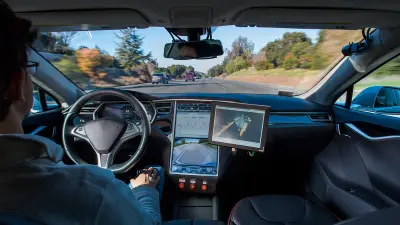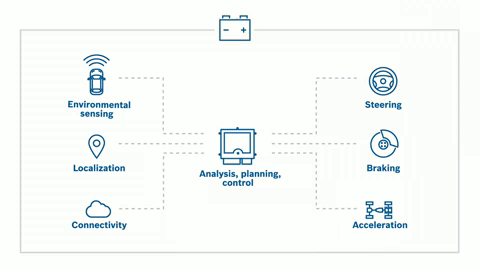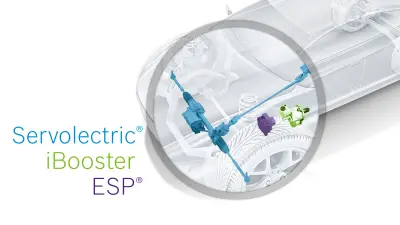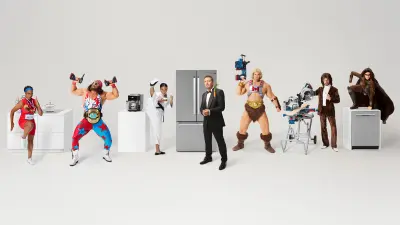Redundancy? For sure!

Today, with the help of driver assistance systems, cars can brake on their own and keep a safe distance behind other drivers. Fundamentally, they make driving safer and are crucial to the ongoing development of highly automated vehicles. But what happens if this technology fails?
Substitute player for more safety

Highly automated vehicles must retain full control over safety-critical functions in certain situations. Because drivers don’t always keep a constant eye on the road, these functions have to be extremely reliable in order to safeguard against errors. Bosch solutions provide protection when systems fail. Experts speak of redundant systems in which safety-critical functions are available with fail-operational features. Should a system component fail then another takes over so that the vehicle can return to a safe state without the need for human intervention. Such fail-operational systems are found in steering and braking as well as in surround sensor systems, control devices and the electrics. With the increasing degree of vehicle automation, drivers’ lives are being made easier — and redundancy is becoming all the more important.
Brake before it is too late
The redundant braking system from Bosch is an example of multiple fail-operational systems. It consists of the electromechanical iBooster and the ESP® brake control system. In the rare case of one of the two components failing, the other can take over the braking functions without the driver having to intervene. Both iBooster and ESP® can regulate the braking power independently of one another so that the wheels do not lock, and the vehicle can also be steered when braking.

Two are better than one
Another redundant system from Bosch is the electromechanical Servolectric® power steering system with fail-operational function. A torque sensor measures the steering signal and sends it to a control unit that calculates the optimal steering assistance. The electric motor sitting between the axles then releases the necessary steering power. Driving is therefore made not only easier: In this fail-operational Servolectric® version, the power supply, electronic circuit, control unit and the sub-machines are doubled up in the servo unit.
Should one of the components fail, the other takes over. This means that whenever there is a defect, 50 per cent steering assistance is retained enabling the vehicle to be brought to a standstill at all times — irrespective of whether the car is being self-driven or not.
Everything in view at all times
Cameras, lidar and radar sensors are the eyes of the assistance systems. With their 360-degree viewing capabilities, they supply important information about the surroundings. By backing each other up, the vehicle still has everything in view even if the single sensors fail.

Video sensors
Video sensors recognize objects like traffic lanes, signs, other vehicles, and also cyclists and pedestrians. The stereo video camera at the base of the roof captures the surroundings three-dimensionally up to a distance of 50 meters.
Radar sensors
Radar sensors recognize objects at a distance of up to 250 meters. They pinpoint their position and also measure their speed in comparison to the movement of the own vehicle. Therefore, they supply the assistance systems with important information about the nearby traffic.
Lidar sensors
Lidar (Light Detection and Ranging) functions in a similar way to radar — only with laser pulses instead of radio waves. Lidar offers advantages in certain driving situations, for example when facing oncoming light or entering tunnels.
Summary
Without the doubling up of safety relevant systems, like the brakes or steering, automated driving would not be possible. Through the development of redundant systems, Bosch is paving the way for future mobility options and improving levels of comfort and traffic safety as 90 per cent of all road accidents are down to human error.

